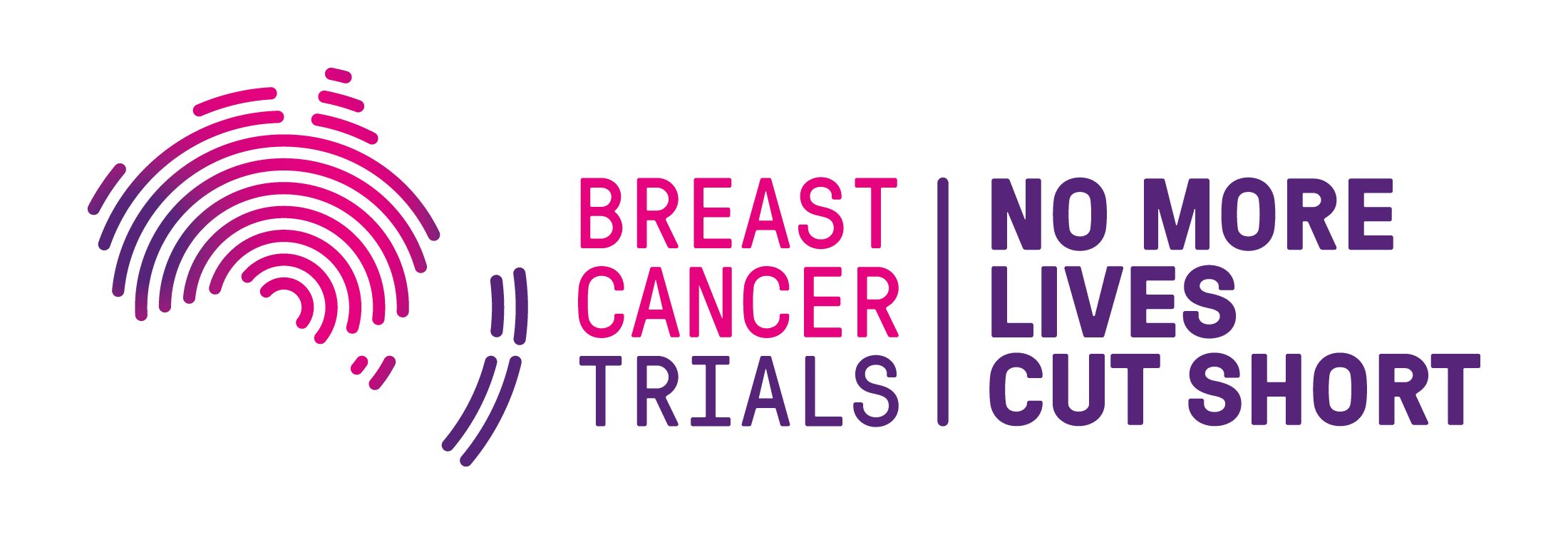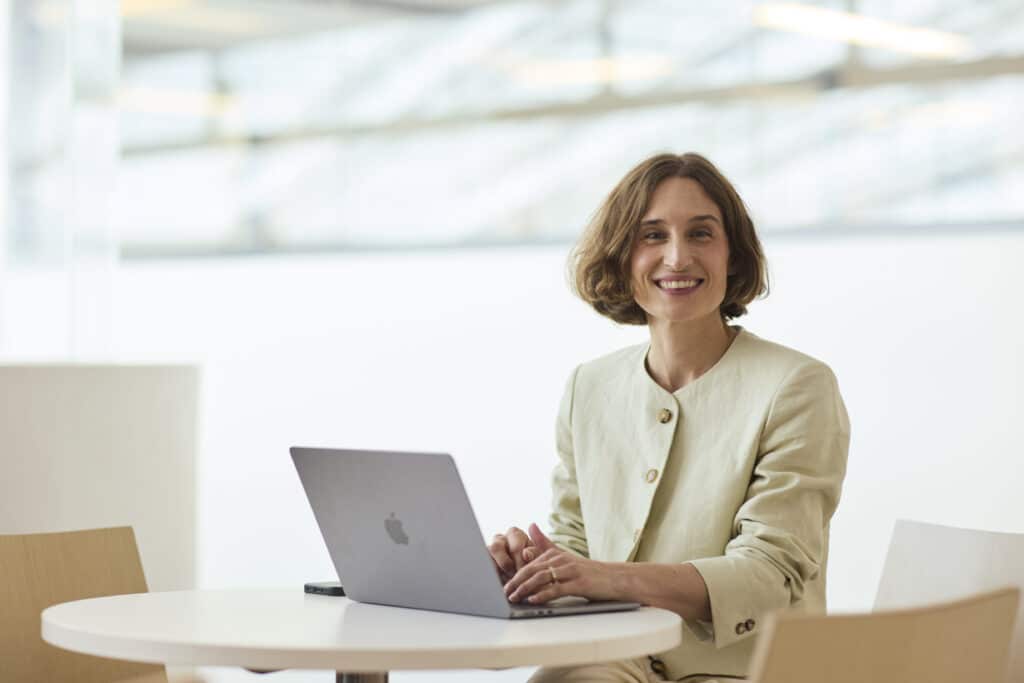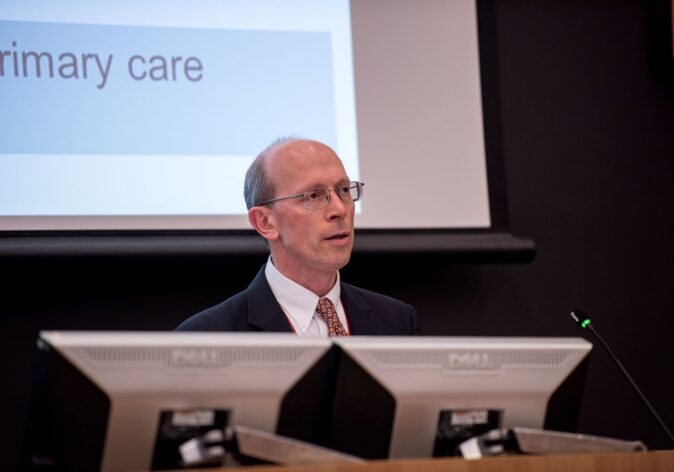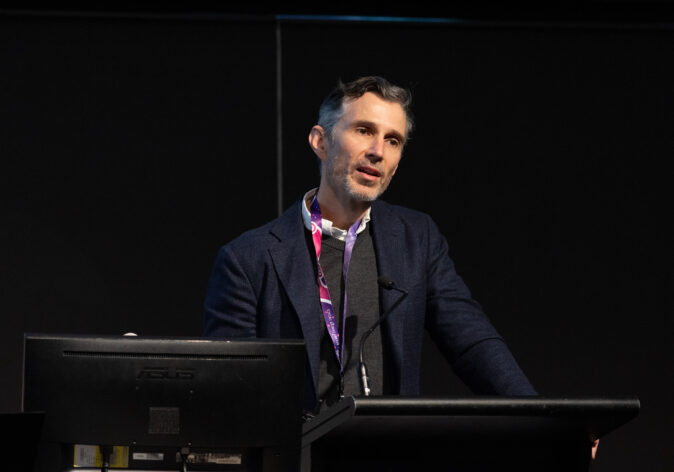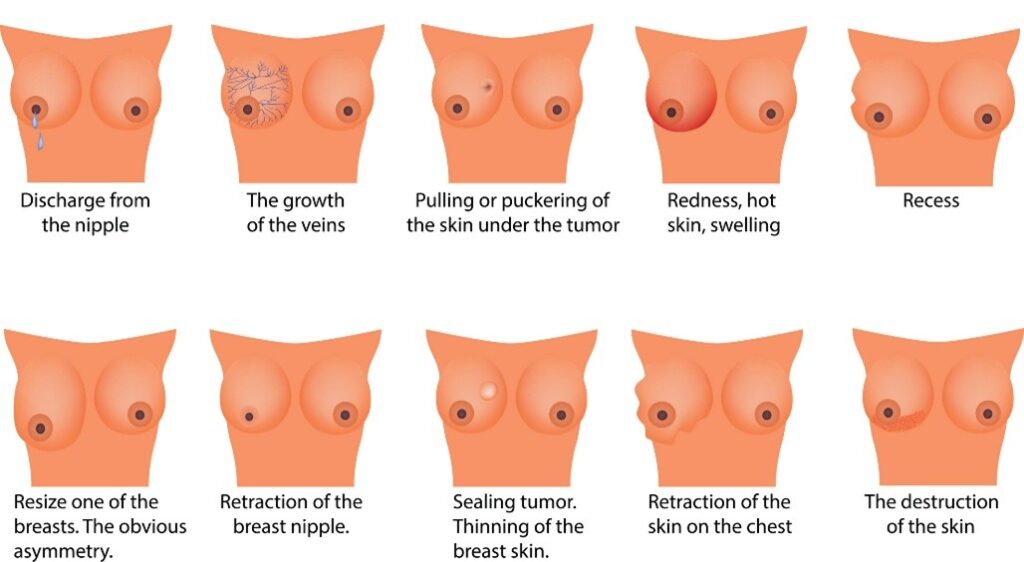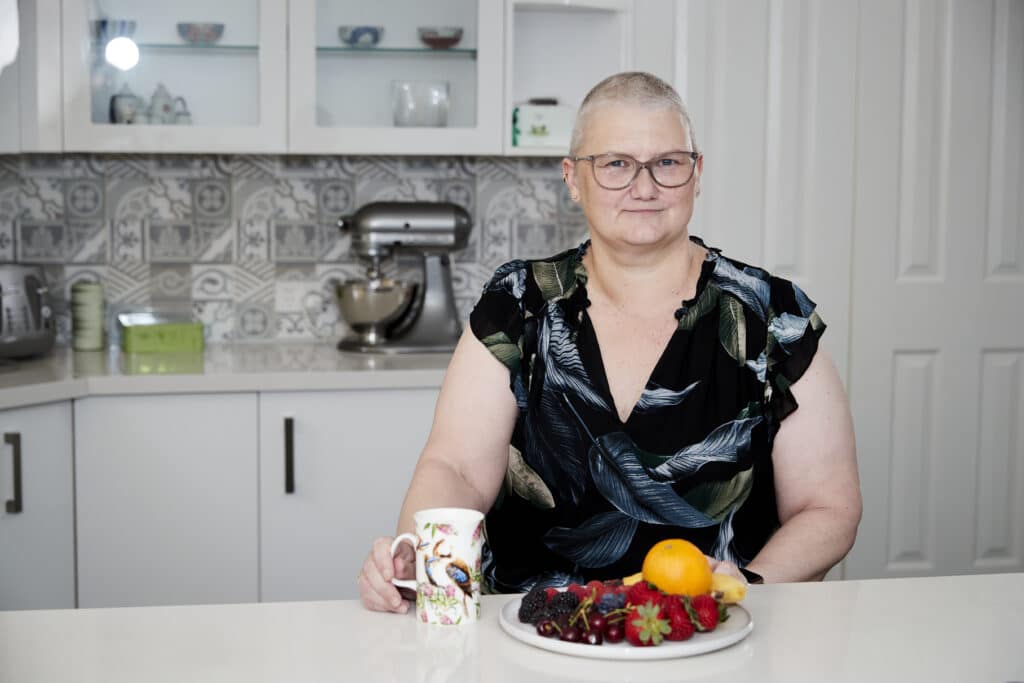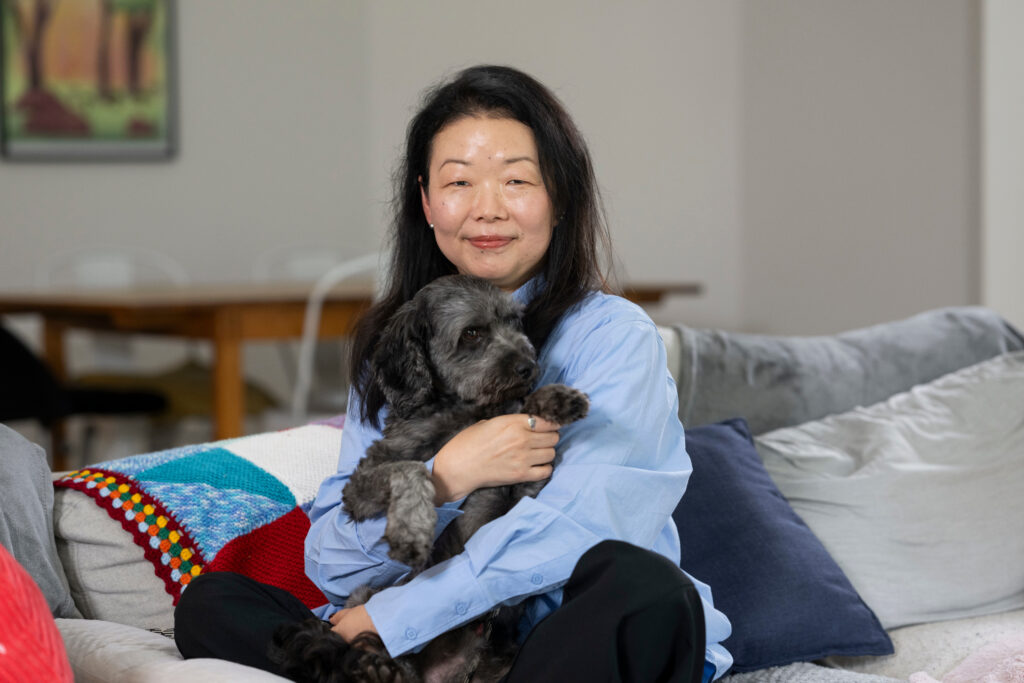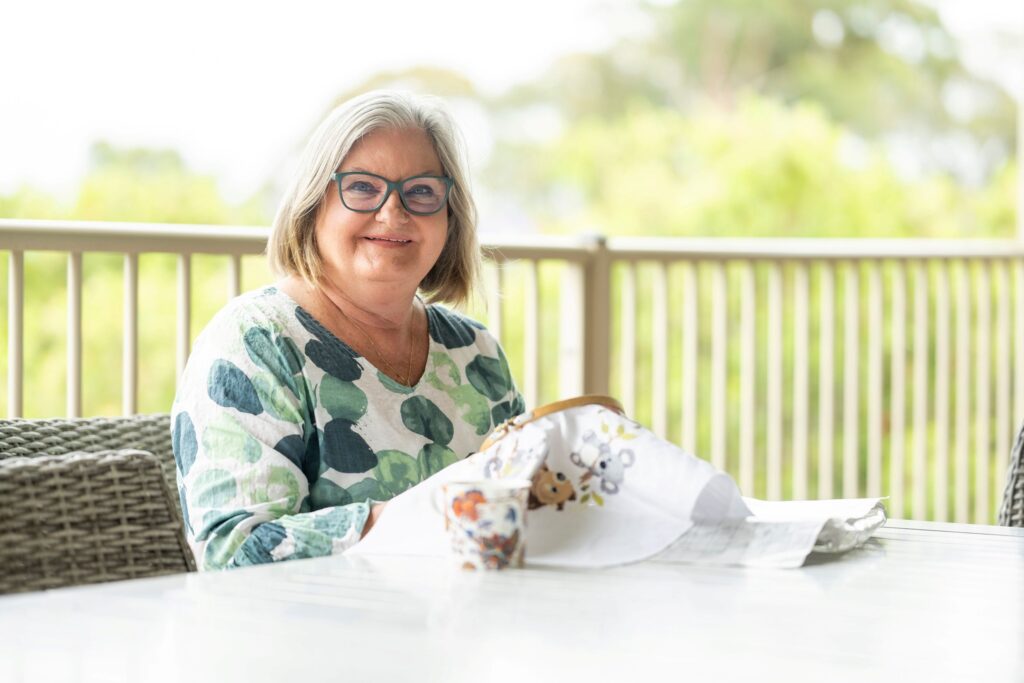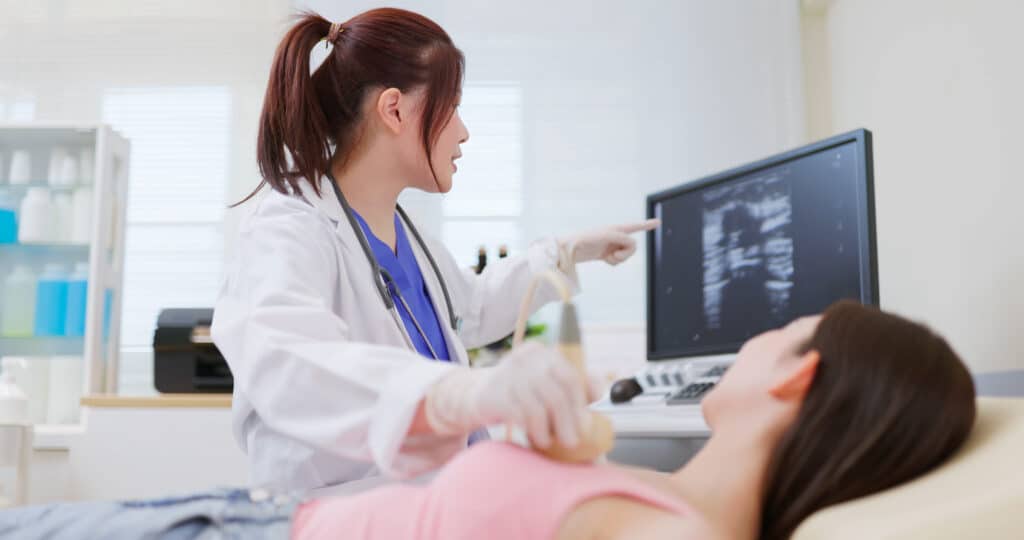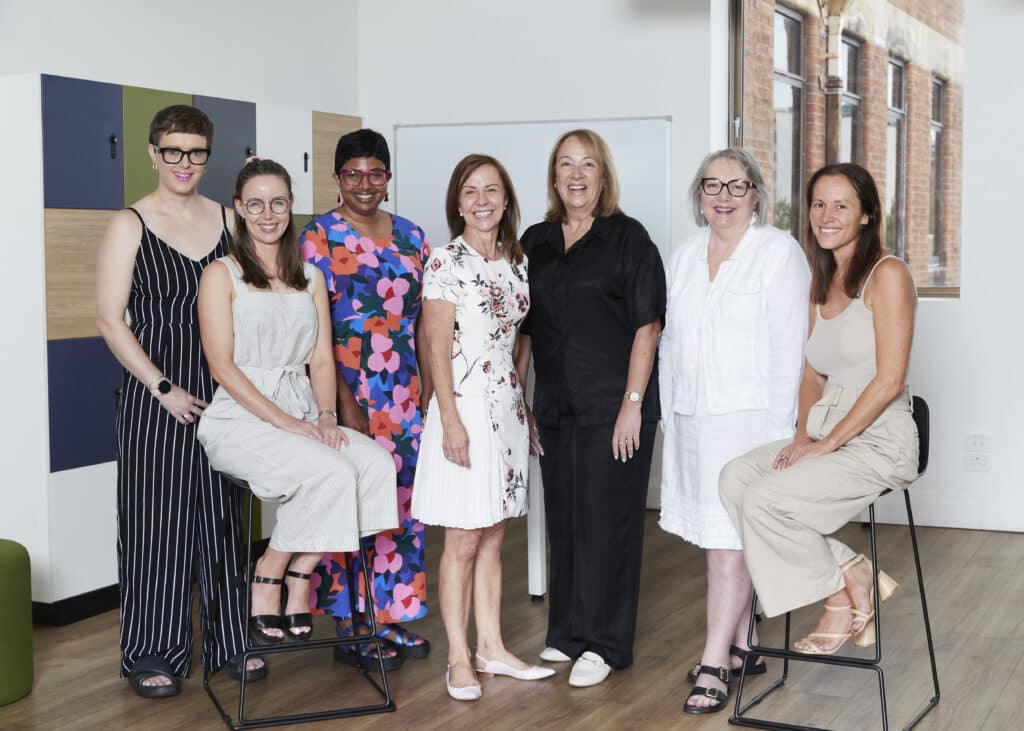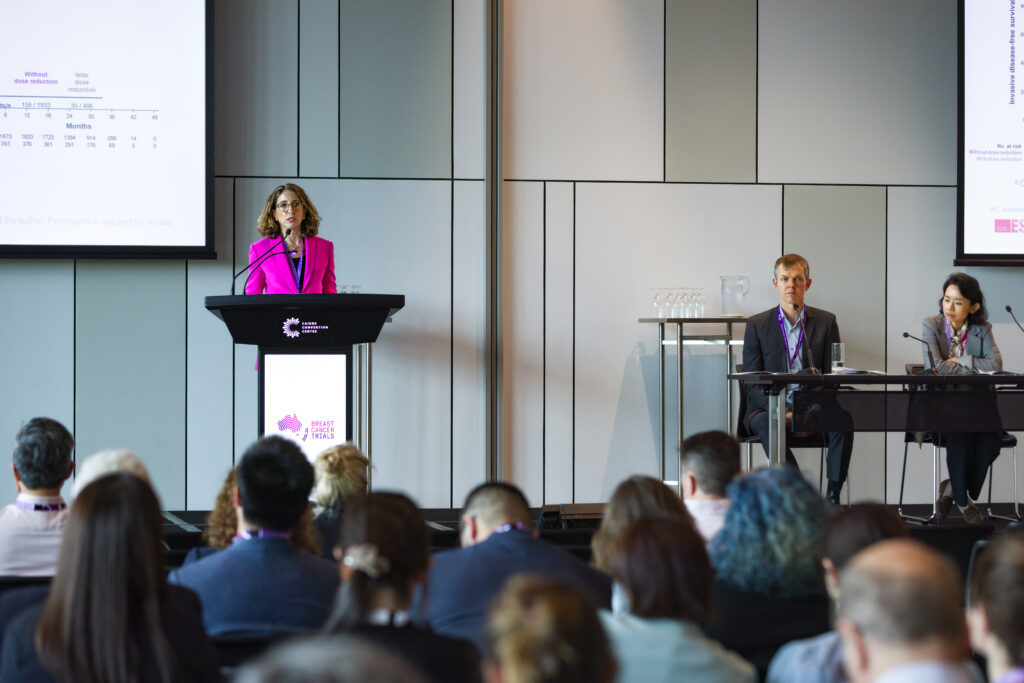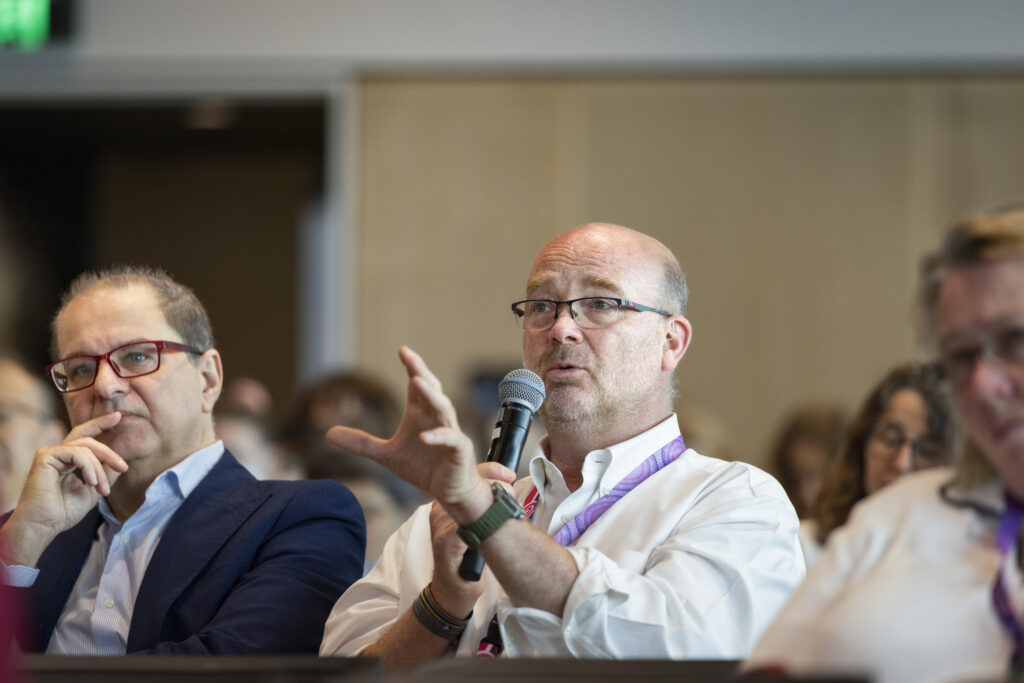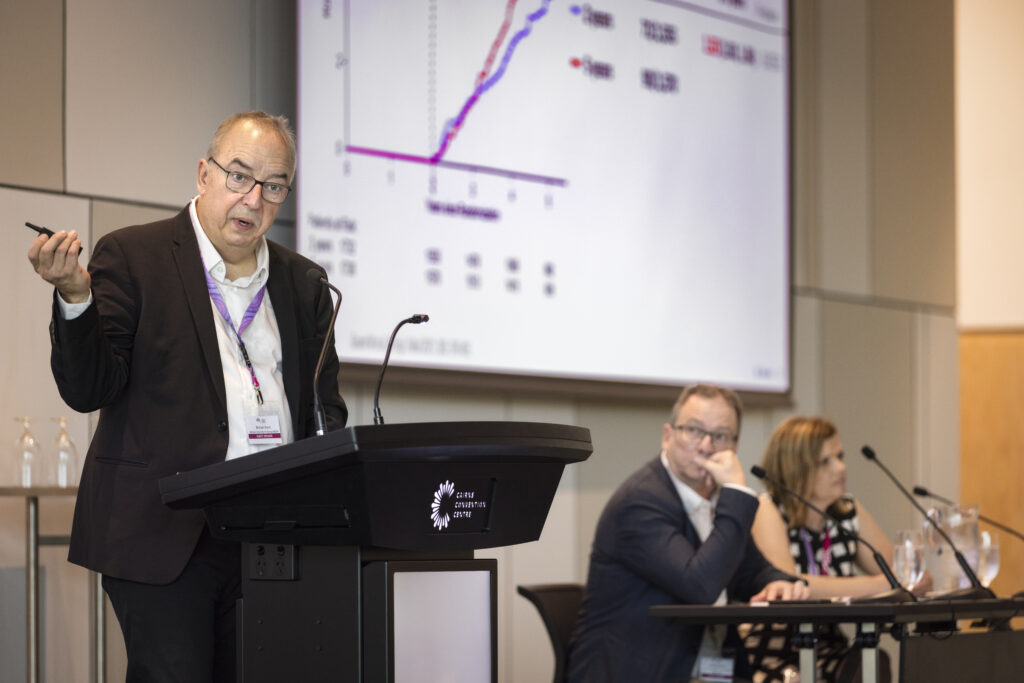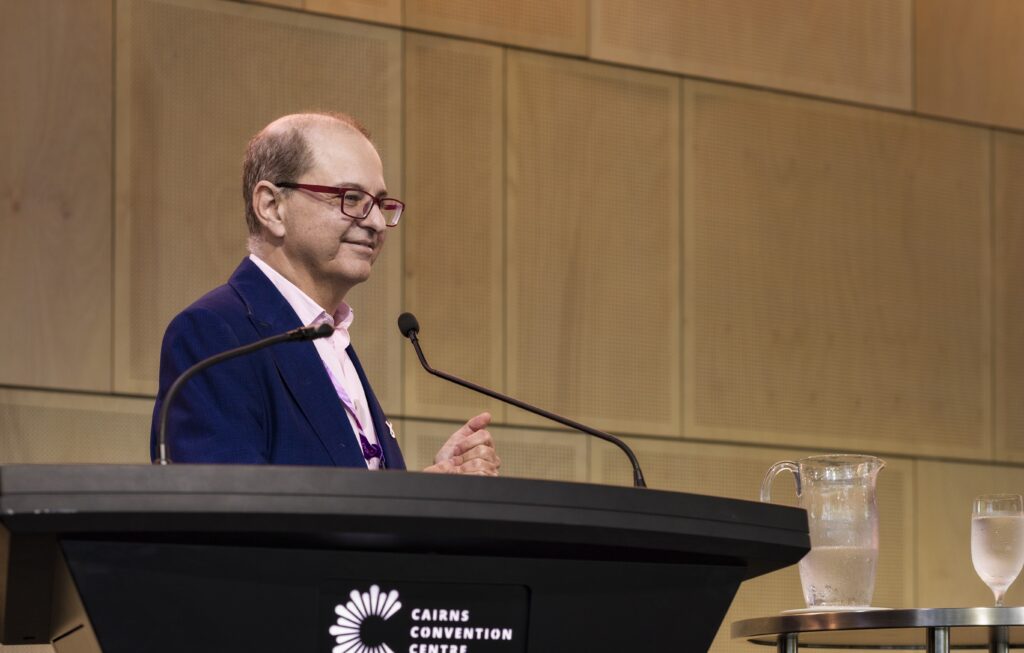Electronic Patient Reported Outcome or ePRO remote monitoring is a game changer for people living with metastatic breast cancer. Many patients on treatments like CDK4/6 inhibitors and anti-HER two therapies remain stable for long periods. Yet, they still have to attend frequent checkups. But what if we could safely monitor their health from home?
ePRO remote monitoring is a validated and practical solution that reduces unnecessary hospital visits, improves patient outcomes, and eases pressure on the healthcare system. Dr Victoria Rayson is a 2025 clinical fellow with Breast Cancer Trials, and we spoke with her about the feasibility benefits and real-world impact of ePRO in the Australian healthcare setting.
“So, I have been very fortunate to be awarded a clinical fellowship with Breast Cancer Trials (BCT). And the project that I’ll be looking at is implementing electronic patient reported outcomes. So electronic digital monitoring in a breast cancer population in a big tertiary hospital. And looking to see whether it improves patient outcomes and also whether there’s any economic benefits from implementing such a service.”
“We are looking to implement a remote digital monitoring for patients with metastatic breast cancer in particular. The number of patients who are living with metastatic breast cancer is growing. We have more patients on treatment for longer periods of time and we want to support them to be able to live well, while on treatment.”
“And part of living well on treatment is trying to reduce the healthcare contact points, so they can continue doing what they want to do. Looking after children, working, traveling. And I do feel that digital remote monitoring, and using patient reported outcomes is a way to do that.”
Listen to the Podcast
We spoke with Dr Victoria Rayson about the feasibility benefits and real-world impact of ePRO in the Australian healthcare setting.
How do you think ePRO remote monitoring could improve patient care compare to traditional in-person reviews?
“Yeah, so look, I mean, breast cancer is a varied disease, so patients are on all sorts of different treatments. For metastatic breast cancer we have some patients who are on oral therapies that are generally very well tolerated but they do sort of still have symptoms and other important issues that do pop up.”
“We also have patients who are on chemotherapies and also some targeted therapies like anti-HER2 therapies. So, patients can be on treatments for a very long period of time and remain quite stable. So, this project in particular is looking at whether we can improve the care of these patients who are on stable treatments.”
“So firstly, by earlier detection of symptoms and addressing these symptoms in a proactive manner rather than a reactive manner. Secondly, in terms of whether we can reduce the healthcare contact points, so perhaps having less frequent clinical reviews. We know that patients who have cancer, there’s an enormous time toxicity in cancer treatment and its sort of focusing on trying to reduce that.”
“We’ve got more patients living on treatment at the moment, and unfortunately, the number of patients who are on treatment is outpacing our workforce growth. We need to work smarter rather than harder on caring for our patients in order to live and continue delivering high-quality care to them.”
“We are very hopeful that we’ll be able to manage patients in the community rather than bringing them into hospital for assessments, you know, for admissions or emergency presentations. So, continuing to allow patients to be at home and doing what they want to do for more time.”
“In terms of barriers to this project, we love seeing our patients who are doing well. And so, one barrier to reducing those contact points is clinician satisfaction. And also, there is a potential impact on the relationship that we do develop with our patients if we’re seeing them less.”
“So, we really need to be careful about developing a system that appreciates that and maintains that human connection and contact, throughout their care.”
“Clinicians addressing the problems that patients raise as being important to them, that’s really key in all of this that we are addressing. So that includes what is important to patients and helping to facilitate communication between patients and clinicians.”
How do you think remote monitoring could impact a patient’s quality of life and their sense of engagement in their own care?
“Patients love to track. Everyone seems to love to track their symptoms, what they’re eating, and what they’re exercising on a daily basis these days. And I’ve certainly seen that in patients in the clinic. I think that designing a system whereby patients and clinicians are tracking similar things, and we are actually looking at the same values, and the same metrics to improve or to enhance sort of patient-centred care, is a great outcome.”
How do you foresee the cost effectiveness of ePRO being evaluated?
“Well, I mean, the cost effectiveness is a challenging thing to measure actually. It’s quite complex. On a basic level, we are looking at whether we can reduce those health service contact points, so nurse service utilisation, clinic visits, hospital presentations and admissions. But, in the future we will look to do a more thorough economic analysis in terms of quality-of-life adjusted years etc.”
“But you know that’s further down the road. You know, the first part of this project is certainly more about implementation of the electronic patient reported outcomes in the clinic.”
In what ways could ePRO remote monitoring reduce the burden on healthcare resrouces and improve system efficiency?
“I think the exciting thing about implementing patient reported outcomes in the clinic is making sure that we’re addressing the things that are important to patients. So, you know, often a patient might feel like, their doctor was running an hour late. They don’t want to bring up that thing that’s going to take 45-minutes to discuss.”
“Or perhaps they’re embarrassed to talk about some of the issues that do affect our patients with breast cancer. So, sexual dysfunction, emotional or psychological needs. And I think that patient reported outcomes really provides clinicians a way of ensuring that we’re addressing those needs that are really important to patients.”
“And hopefully we may actually see that we can do that in a more efficient manner as well. It’s a strategic importance to many organisations involved in cancer care, both in Australia and internationally as well. Patient reported outcomes have been incorporated into many guidelines internationally.”
“And certainly, our local organised cancer organisations are very keen to incorporate patient reported outcomes into routine clinical care. That implementation into routine practice has been varied across Australia and there’s a lot of work to be done on, on making sure that we are doing that.”
“We’ve got good data now across a number of tumour streams for monitoring symptoms and also monitoring health related quality of life.”
“I think this is an exciting project to be involved in. I really do think that it has the potential to create a huge difference on a personal level for patients, whether it be spending less time in hospital, in clinic, on the phone to doctors and more time enjoying their lives, or whether it’s about earlier monitoring of symptoms with improved management of them. I think on a patient level, this project has a huge potential to create positive effects for patients.”
What are the current challenges faced in monitoring patients with metastatic breast cancer on systemic therapies?
“There’s a huge time toxicity involved in cancer care and in particular for women who have metastatic breast cancer who are on treatment for very long periods of time. And are often coming in and out of hospital for appointments has a huge impact on their life, and their ability to get on with doing what they want to do, especially for patients who live further away.”
“So, whether that be, outer metropolitan cities. Or even regionally as well using electronic or digital remote monitoring is really important. It’s an important strategy to try and improve the care of these patients and reduce the amount of time they spend attending their cancer clinics and care.”
